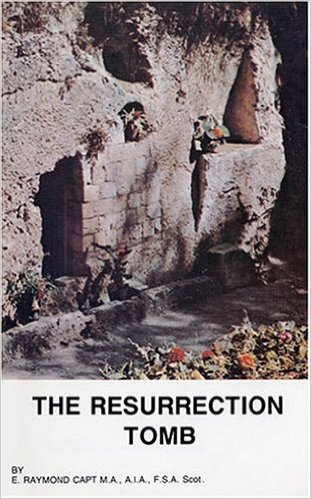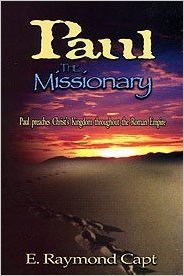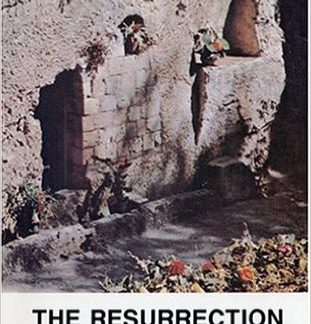Description
Author: E. Raymond Capt
Analysis of Gordon’s Garden Tomb. Identifies it to the satisfaction of the author as the most probable site of the Tomb from which the Resurrection of Jesus Christ took place.
The Tomb formally known as “Gordon’s Tomb of Christ” (or Gordon’s Garden Tomb) has been known to the public for many years. Since its accidental discovery in 1867 the tomb formed the subject of discussion in many published works. An early writer conceived of the tomb as “the greatest of the many impostures at Jerusalem .” (Life of Sir Charles Wilson by Col. Sir C. M. Watson pgs. 380). Another learned writer Col. Conder asserts dogmatically that the Gordon Tomb is not a “Jewish” tomb at all but was constructed by Christians in connection with the Templar’s Hospice – in the twelfth century A.D.
In this treatise the author (who has visited the Gordon Garden Tomb several times) has attemped to place before the reader the constructive argument that a prima facie case has been established that Gordon’s Garden Tomb is identifiable as the most probable site of the Tomb of the Resurrection of Jesus Christ. And at the same time reconcile what seem to be discrepancies in the Gospel accounts of the events occuring on Resurrection Day.
A small sample of this detailed and informative work is the following comparison by Mr. Capt with the Resurrection Tomb as described in the Scriptures and Gordon’s Garden Tomb:
“All four Gospels give clues to the location and appearance of the burial place of Jesus. Mathew, Mark, and Luke all state that the tomb was hewn out of rock. Matthew adds that it was a new tomb and Luke states that no one had been interred there – implying that the tomb was yet unfinished an implication confirmed by the presence of uncompleted loculi. (Mat.27:60 Mark 15.46 Luke 23:53) John writes that the tomb was in a garden. (John 19:41) The mention of a “garden” usually indicated in those days a working vineyard or orchard.
“In Jesus” day the entrance to family vaults in private gardens was usually 3 to 4 feet in height just high enough to push the beir in with the soil outside cut away temporarily to give access to it. A rough stone of the required size would then be placed to block the entrance. Thus the tomb would be concealed except for a small window or opening just above the ground level for the purpose of inspection and ventilation. All the Biblical particulars of the tomb and the burial customs of the period are consistent with Gordon’s garden Tomb.
“Excavations around the Garden Tomb during the past 100 years have yielded evidence that the area around the tomb was once a fertile garden containing several cisterns. (One very large cistern with a capacity of around 200000 gallons of water will be discussed later) Further proof of the existence of a vineyard came in 1924 with the discovery of a fine wine-press which is exposed today about five feet below the present ground level.”
This book includes several photographs, diagrams, and drawings.
Paperback
80 pages




